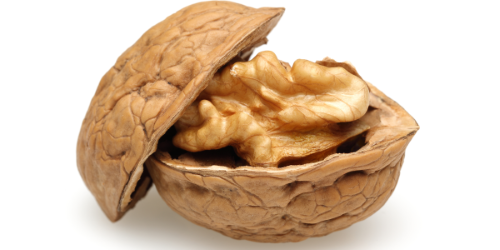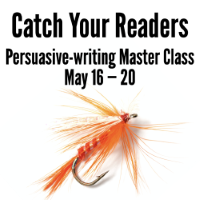Tell readers what you’re going to tell ’em
If I came to your house and told you to grab your things and follow me, how far would you go? To the front door? The driveway? Would you hop in my car without further explanation?

No matter how dazzling your scene-setting feature lead, at some point, readers want to know where we’re going with this story. And that’s the job of the nut paragraph, aka the nut graf. (This, by the way, is the nut graph for this story.)
Learn to nail the nut graph with Ann … >>>
The nut graph is the transition from the lead. In the nut graph, writers and editors:
- Explain the lead and its connection to the rest of the story
- Reveal your destination, or the essential theme of the story
- Set up the supporting material to explain the rest of the story
- Explain why the story is important to convince your readers to come along for the ride
You don’t need a nut graph in news stories, but they’re essential in feature-style stories.
Here are 4 ways to crack the nut graph. >>>
What structure draws more readers?
Writers say, “We use the inverted pyramid because readers stop reading after the first paragraph.” But in new research, readers say, “We stop reading after the first paragraph because you use the inverted pyramid.”
If the traditional news structure doesn’t work, how should we organize our messages?
Master a structure that’s been proven in the lab to outperform the traditional news format at Catch Your Readers, our persuasive-writing workshop, starting on May 16.
There, you’ll learn an organizing scheme that grabs readers’ attention, keeps it for the long haul and leaves a lasting impression.
Save up to $100 with our group discounts.
